One of the biggest questions for Disney fans is how to fix Epcot, particularly Future World. It remains a great place to visit, but the front half of the park falls short of its glory days. A typical argument explains the issues as stemming from one main reason — the future moves too quickly. How can Disney keep up with modern trends in a theme park? The time and expense involved with updating attractions is too significant to maintain that pace. I’d argue that this premise has serious flaws, however. Epcot’s focus was never that simple.
I recognize that the name Future World implies a specific function — Disney is depicting a world of the future! It is easy to look at this title and believe this area will predict what’s on the horizon. There’s a reason that we regularly hear the call to change the name. That move would clarify the theme, but only if we take the title literally. There was much more to the prevailing theme at the original EPCOT Center. Let’s take a closer look at reasons for why the concept of Future World is possible in a 21st century Disney theme park.
1. EPCOT Center explored our past, present, and future.
The smooth, modernist exteriors of the massive EPCOT Center structures reveal a grand and imposing future. In a similar way to World’s Fair pavilions, these massive areas promise remarkable discoveries inside. No one stands under Spaceship Earth and says “I thought it would be bigger”. The look is futuristic, but the attractions inside spend a lot of time in the past. A perfect example is World of Motion, which depicts the history of transportation during much of its 15-minute running time. Only the final scenes shift gears and reveal a glitzy future.
This set-up is similar in Spaceship Earth, which travels back to the dawn of recorded time and moves forward to the present day. Horizons reveals futuristic colonies in space, the desert, and under the sea, but we begin with how past generations viewed the future. Its most impressive scenes in the Omnisphere present early ‘80s technology that can lead us to a better life. The original Journey Into Imagination has little to do with the future yet doesn’t feel out of place. This attraction shows another side of what makes us human today, not down the road.
2. Predicting the future was never a main goal.
Like Tomorrowland at The Magic Kingdom, Future World succeeds when it fits together thematically. The issues appear with added visual and thematic contradictions, not a lack of vision towards the future. Guests want to enjoy the feeling of experiencing a different world, not an actual look at what’s coming. Main Street isn’t historically accurate, and that’s fine. Western towns were never as clean as Frontierland; what matters is the sense of place.
Let’s take a quick look back to EPCOT Center’s opening celebration on October 24, 1982. On that date, E. Cardon Walker made the following dedication of the new park:
“To all who come to this place of joy, hope and friendship, welcome.
EPCOT Center is inspired by Walt Disney’s creative genius. Here, human achievements are celebrated through imagination, the wonders of enterprise, and concepts of a future that promises new and exciting benefits for all.
May EPCOT Center entertain, inform and inspire. And, above all, may it instill a new sense of belief and pride in man’s ability to shape a world that offers hope to people everywhere.”
Walker’s statements describe the entire park, but they can apply directly to Future World. The attractions present concepts of the future, but they are not predicting that world. Let’s move on to the next reason to discuss what makes them so effective.
3. Classic Future World attractions conveyed a forward-thinking spirit.
The most important word in Walker’s dedication is “inspire”, not “future”. The common thread across the early Future World pavilions is the way they connect to our souls. They’re educational but are not deep dives into complex subjects. Instead, the attractions provide glimpses of thrilling topics in an entertaining fashion. The original Universe of Energy might appear slow today, but that experience masterfully arranges material to keep us engaged. The Radok Blocks, dinosaur scenes, large-screen presentation, and upbeat finale combine seamlessly and energize us.
Horizons inspires because it shows our potential for a better world. That vision of a wonderful future resonates strongly today given this tumultuous era. That excitement also resonates in The Living Seas, which presents a sea base for exploration. Its ride system is a simple Omnimover, but the excitement of venturing into the oceans is stirring. Just walking around Future World is uplifting; the background music and Monorail overhead just enhance the experience.
4. Attractions seem dated because of laziness, not surprise technological advances.
It’s true that Future World attractions like Horizons and World of Motion attracted shorter lines in their later years. That downward trend is common at theme parks when you look beyond the true classics. Before FastPass Plus changed the crowd patterns, even Pirates of the Caribbean and The Haunted Mansion usually had short lines. Disney could have maintained interest in EPCOT Center rides through small updates but let them slide instead.
I recognize that sponsor interests, economic downturns, and other factors play a part in Disney’s choices for attraction updates. Kodak had a definite role in the fall of Journey Into Imagination. That doesn’t let Disney off the hook completely, however. When an attraction like Ellen’s Energy Adventure doesn’t change for more than 20 years before closing, Disney holds much of the blame. There are ways to “plus” an experience without starting from scratch.
A positive example is Disney’s 2007 rehab of Spaceship Earth, which incorporates new animatronics and show scenes but maintains the original theme. The unfortunate descent notwithstanding, the upgrades keep guests engaged and don’t lose the original ideas. This was possible with Horizons in the ‘90s, especially in the Omnisphere and “choose your ending” scenes. Another example is the choice to remove the on-ride narrator from Living with the Land. That move improves the attraction and builds a timeless feeling that remains in place today.
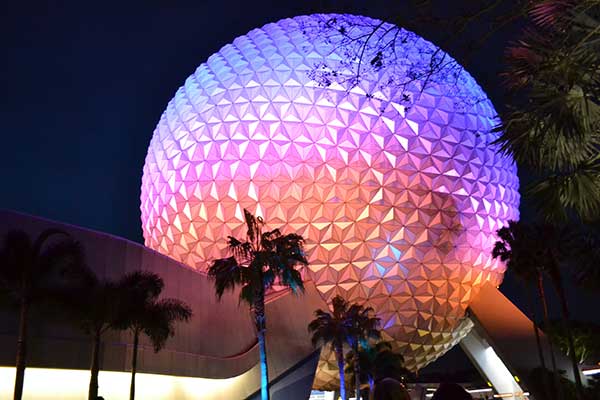
5. The message of humanity’s progress in an optimistic future is universal.
I love the idea of a place that makes us proud to be people of this world. The quote from Walker’s dedication that Epcot will “instill a new sense of belief and pride” resonates so strongly. It’s what I continue to enjoy about the park every time I visit. Some attractions fall short, but the atmosphere still clicks. If we can build Epcot, what else can we do?
There are plenty of problems to solve in this world, and a theme park is a very small piece. Even so, we shouldn’t discount a place that conveys an optimistic view of the future. That spirit will connect with anyone, regardless of your specific background. Disney needs to remember that EPCOT Center was more than just a theme park. The brand is important, but it only grows stronger when each park has its own identity. Showcasing the future is secondary to developing a coherent theme. That unity will help Future World to become the amazing place it should be.
Related Articles
EPCOT Center’s Horizons: Why It Worked
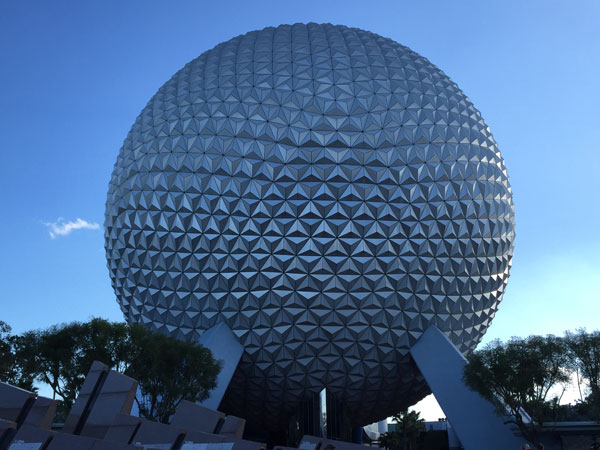
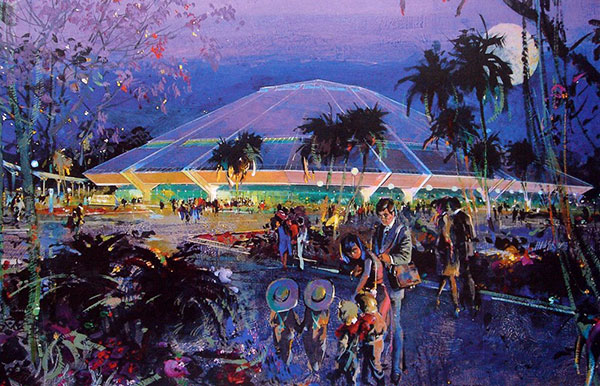
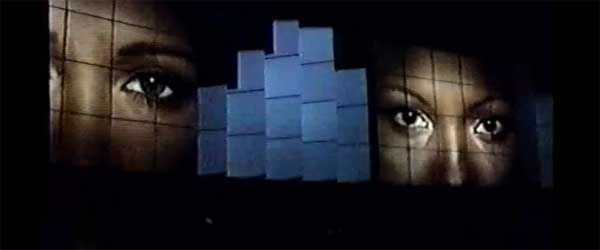
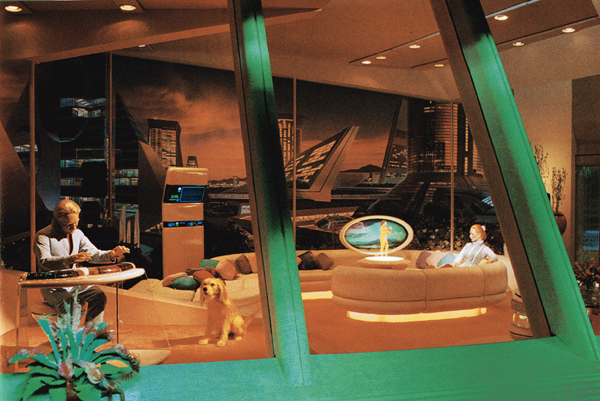



I so agree with this. The idea behind Future World will never be obsolete, Disney has just become lazy with the upkeep and soft on the vision. They have this obsession with intellectual property and want to make everything themed with IP. Epcot is not the park for that. It’s becoming less unique and losing the original vision (or lost it already for the glass half empty crowd). Disney needs to get their sh!t together and realize that to make a successfully themed and exciting park, you don’t need to hire Nemo and the Guardians of the Galaxy to fix it for you, you need to hire Fidget so he can teach you how to use your imagination.
Right. It’s tricky because I do understand the commercial needs for Disney. I wouldn’t immediately scoff at some IP if it worked inside the theme of the area. Even Nemo could work if the ride had more imagination. Instead, it’s basically just a rehash of the movie with some cool projections at the end. I hope they find some way to make Guardians fit (beyond just saying Peter Quill visited Epcot), but it’s going to be a challenge I’m sure.